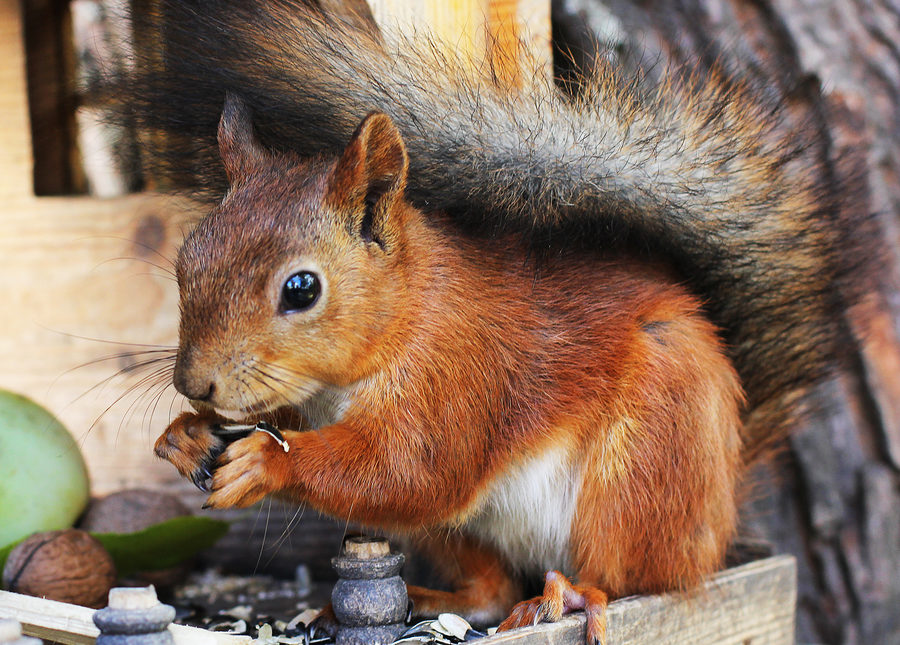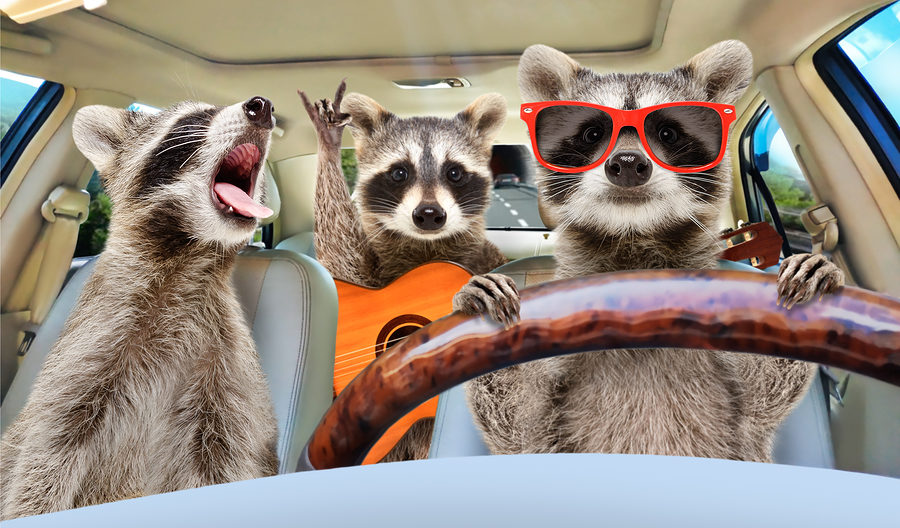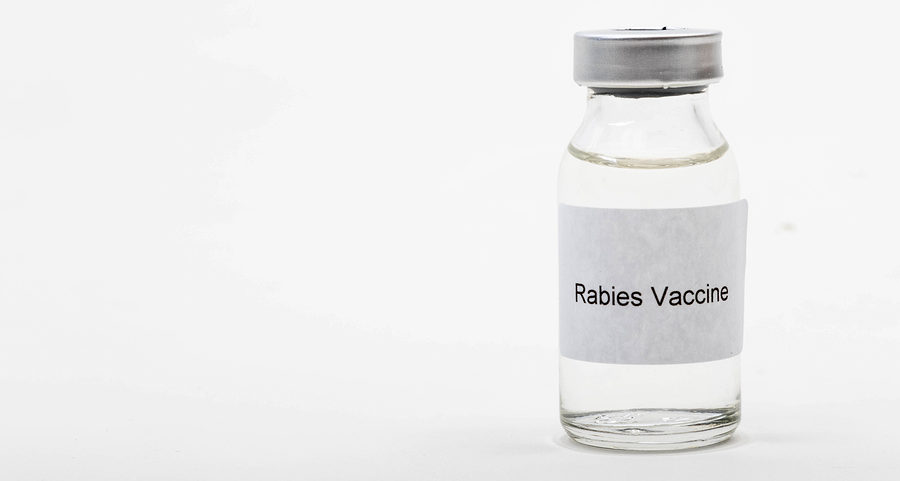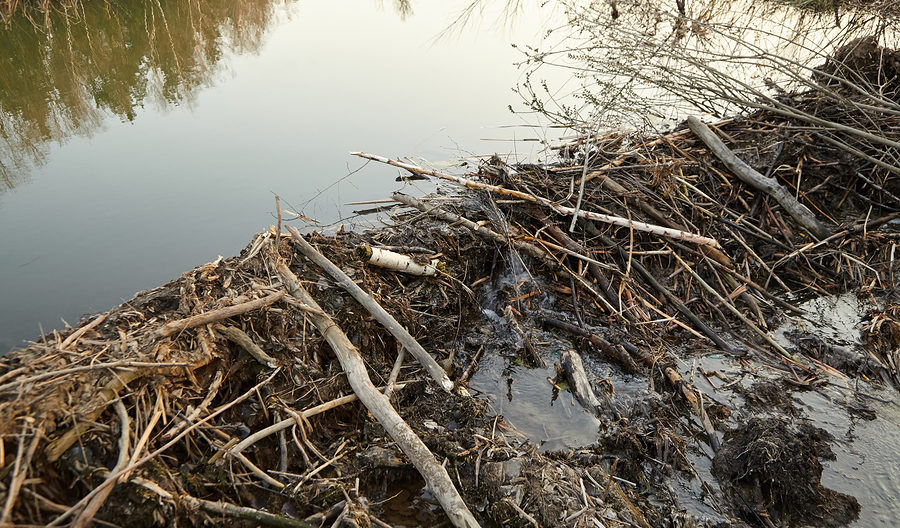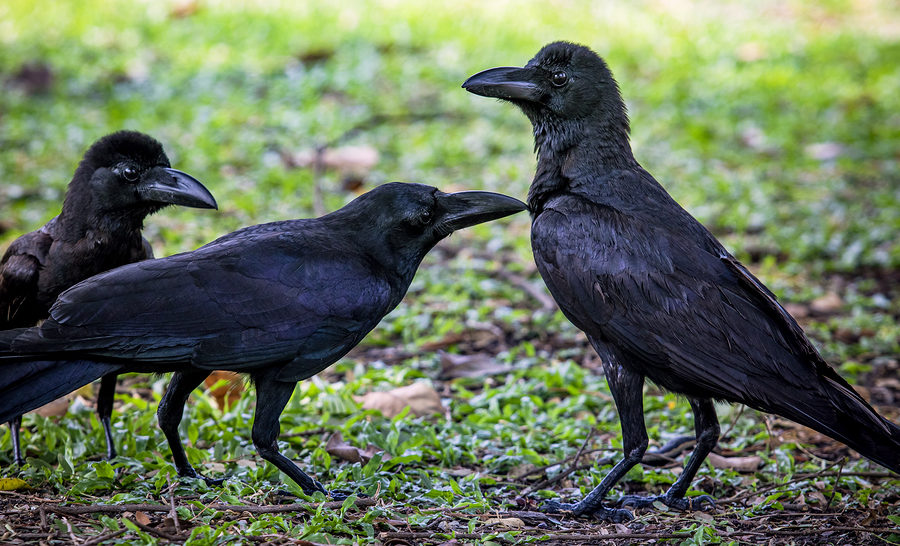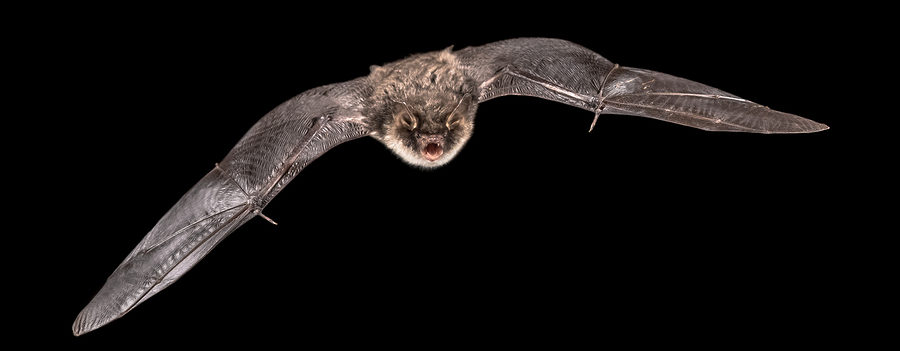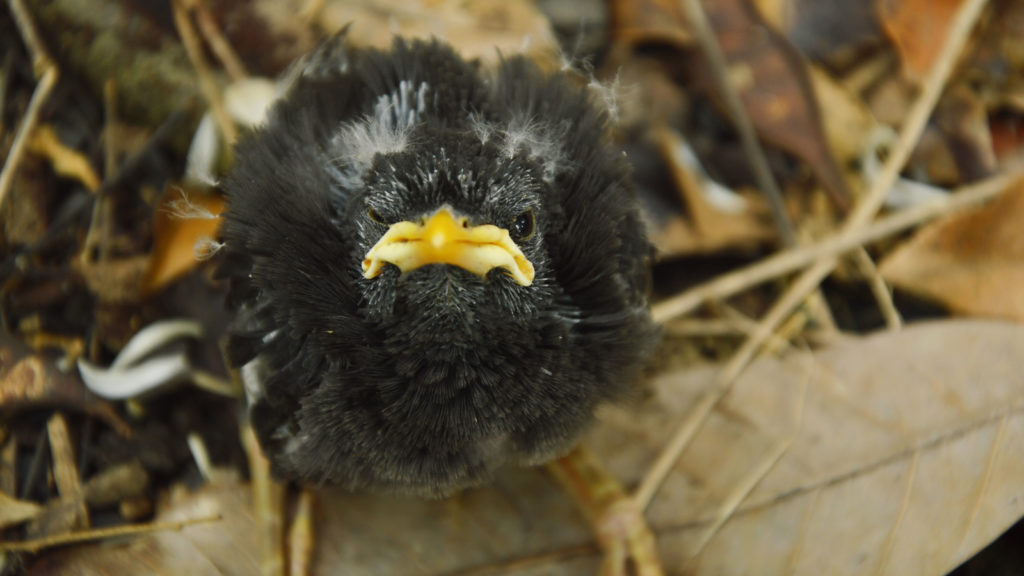With Groundhog’s Day just around the corner, we thought it would be nice to give the little critters a bit of an honor. You may not know that groundhogs are marmots, but they are! In fact, there are several different species of marmots found all over the world, and groundhogs are just one of them. Continue below to learn some fun facts about Groundhog Day and groundhogs, as well as, the common species of marmot found all over the world!

Groundhog Day
Groundhog Day is an annual tradition practiced in both Canada and the United States to predict when spring will arrive. Every year, on February 2nd, thousands of excited citizens gather around to see if the groundhog will emerge out of its burrow and cast a shadow of itself. If the groundhog has no shadow, it is said to signify 6 more weeks of winter. But if the groundhog casts a shadow, then spring is near! This tradition is derived from an old Pennsylvanian Dutch superstition that implies that if a groundhog comes out of its den and can see its own shadow, the skies are clear and the sun is shining, which indicates that spring is soon to come. Oppositely, if there is no groundhog shadow, it indicates a longer winter.
Groundhog Facts
Groundhogs are also known as woodchucks or whistlepigs. Scientifically, their species name is Marmota monax, and they are part of the Rodentia Order, Sciuridae family, and of course, Marmota genus. This makes them a species of marmot. The Sciuridae family also includes squirrels and chipmunks, while the Rodentia order retains rodents like mice and rats.
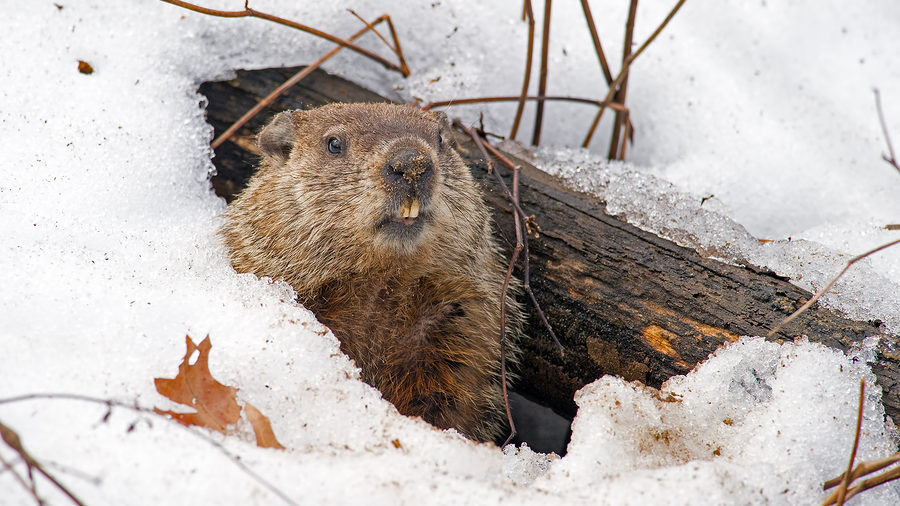
Marmots
Marmots are large-sized ground squirrels, and the heaviest rodent relative in the animal kingdom. There are 15 known species of marmot, including both old world and new world marmots. They are native to parts all over the globe, such as Asia, Europe and North America. In appearance, marmots have husky legs, large claws for digging, stoutly bodies, narrow heads, and sharp incisors that can quickly chew down all sorts of vegetation.
In the winter they hibernate in underground burrows and dens, so you do not see much of them. But once spring emerges, so do they, in search of food, water, and mates. They mainly eat mainly eat plants, as well as many types of grasses, berries, lichens, mosses, roots, and flowers. Most are very sociable, and even whistle to communicate with other marmots, especially when scared or in danger.
Old World Marmots – Eastern Hemisphere
🐾 Gray or Altai Marmot (Marmota baibacina)
🐾 Bobac or Steppe Marmot (Marmota bobac )
🐾 Black-Capped Marmot (Marmota camtschatica)
🐾 Long-Tailed Marmot (Marmota caudata)
🐾 Golden or Red Marmot (M. caudata aurea)
🐾 Himalayan Marmot (Marmota himalayana)
🐾 Alpine Marmot (Marmota marmota)
🐾 Menzbier’s Marmot (Marmota menzbieri)
🐾 Tarvaga, Tarbagan or Mongolian Marmot (Marmota sibirica)
New World Marmots – Western Hemisphere
🐾 Marmota broweri — Alaska, Brower’s or Brooks Range marmot
🐾 Marmota caligata — hoary marmot
🐾 Marmota flaviventris — yellow-bellied marmot
🐾 Marmota monax — woodchuck or groundhog
🐾 Marmota olympus — Olympic marmot
🐾 Marmota vancouverensis — Vancouver Island marmot
Stop Nuisance Groundhog Activity in Spring
If you live near a lake, river, stream, or pond, your home could be at risk of nuisance groundhog activity. Although they do not mean to, groundhogs are capable of causing an enormous amount of damage to properties, including lawns, dams, patios, docks, and more. If you have spotted groundhogs on your property in the past, now is the time to implement the necessary strategies to prevent them from interfering with your lot. Contact a local wildlife control company for expert advice and service you can trust.
Central Indiana Groundhog Removal and Control
Call Budget Animal Removal at 317-875-3099 for fast and affordable groundhog removal and control in Indianapolis, Indiana. Our DNR licensed wildlife removal specialists offer wild animal abatement services, cleanup and minor restorations for animal damages, 24 hour emergency service, free estimates, and more! Request a free estimate, today.


